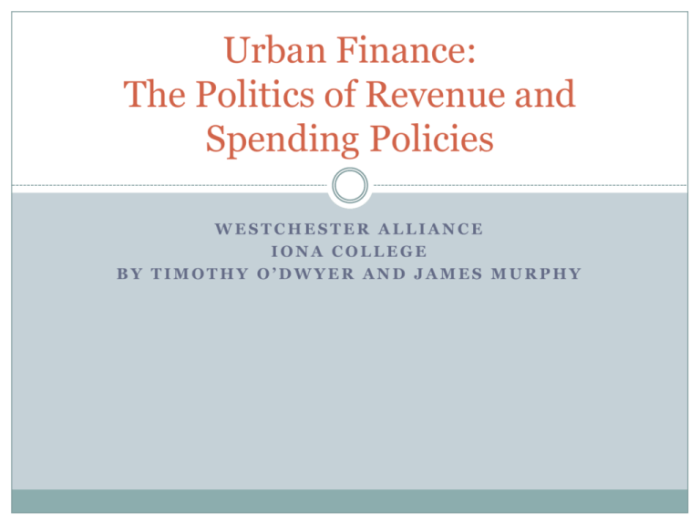This diagram shows a government’s approach to taxing and spending, a critical aspect of fiscal policy that shapes economic outcomes and social welfare. Governments utilize various tax policies to generate revenue, while spending decisions allocate funds to essential public services and programs.
Understanding the relationship between taxing and spending is crucial for informed policymaking and economic analysis.
This comprehensive overview delves into the intricacies of government taxing and spending, exploring their economic, social, and political implications. By examining the rationale behind tax policies, the decision-making process for allocating funds, and the impact of fiscal policy on the economy, this discussion provides a thorough understanding of this complex and multifaceted topic.
Government’s Approach to Taxing: This Diagram Shows A Government’s Approach To Taxing And Spending

Governments impose various taxes on individuals and businesses to generate revenue for public spending. These taxes can be classified into two main categories: direct and indirect taxes. Direct taxes are levied directly on income or wealth, such as income tax and property tax.
Indirect taxes, on the other hand, are levied on goods and services, such as sales tax and excise duty.
Rationale Behind Tax Policies
- Revenue generation:Taxes are the primary source of government revenue, enabling the government to fund essential public services such as healthcare, education, and infrastructure.
- Income redistribution:Progressive tax systems, where higher earners pay a larger share of taxes, can help reduce income inequality and promote social welfare.
- Economic stabilization:Governments can use tax policies to influence economic activity. For example, lowering taxes can stimulate consumption and investment, while raising taxes can reduce inflation.
- Environmental protection:Taxes can be imposed on activities that harm the environment, such as carbon emissions, to discourage such behavior and promote sustainability.
Tax Incentives, This diagram shows a government’s approach to taxing and spending
Governments often provide tax incentives to encourage specific economic behaviors. These incentives can take various forms, such as tax deductions, tax credits, and tax exemptions.
- Investment incentives:Tax deductions or credits for investments in research and development can encourage innovation and technological progress.
- Job creation incentives:Tax breaks for businesses that hire new employees can promote employment and economic growth.
- Energy efficiency incentives:Tax credits for installing energy-efficient appliances or solar panels can encourage the adoption of sustainable practices.
Tax incentives can effectively influence economic behavior by making certain activities more financially attractive.
Government’s Approach to Spending

Government spending plays a crucial role in the economy and social welfare. The government allocates funds to various categories of spending, including:
Major Categories of Government Spending
- Social welfare programs:These programs provide financial assistance and support to vulnerable populations, such as the elderly, the unemployed, and low-income families.
- Education:Government spending on education supports public schools, universities, and other educational institutions, ensuring access to quality education for all citizens.
- Healthcare:Government-funded healthcare programs provide medical care to those who cannot afford it, ensuring access to essential healthcare services.
- Infrastructure:Government spending on infrastructure projects, such as roads, bridges, and public transportation, improves the overall quality of life and supports economic growth.
- Defense:Government spending on defense maintains a military force to protect the nation from external threats and ensures national security.
Decision-Making Process for Allocating Funds
The decision-making process for allocating government funds involves several key factors:
- Public need:The government assesses the needs of the population and prioritizes spending on areas with the greatest need.
- Economic conditions:The government considers the state of the economy and allocates funds accordingly. For example, during economic downturns, the government may increase spending on social welfare programs.
- Political considerations:The government’s spending decisions are often influenced by political factors, such as the demands of interest groups and public opinion.
- Budget constraints:The government must operate within its budget constraints and balance its spending with its revenue.
The decision-making process is complex and involves balancing multiple factors to ensure that government spending effectively addresses the needs of the population.
Query Resolution
What are the main types of taxes imposed by governments?
Governments typically impose various types of taxes, including income tax, sales tax, property tax, and corporate tax.
How does government spending impact economic growth?
Government spending can stimulate economic growth by increasing aggregate demand and creating jobs, but excessive spending can also lead to inflation.
What is the relationship between taxing and spending?
Taxing and spending are interconnected, as government revenue from taxes funds public expenditures. Fiscal policy involves managing this relationship to achieve economic and social goals.
